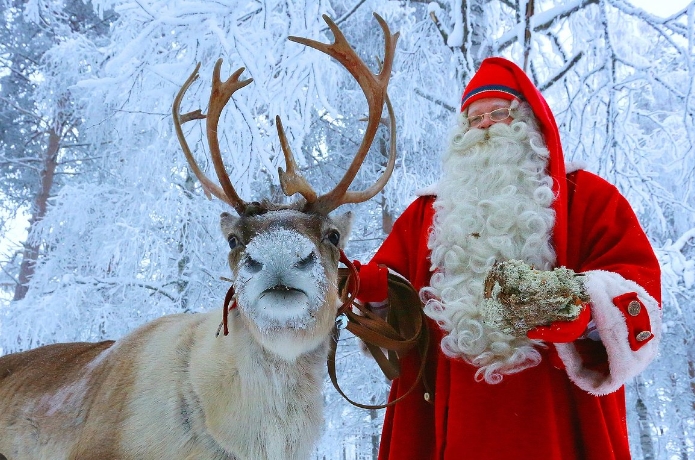The image of Santa Claus, with his rosy cheeks, white beard, and red suit, is one that is instantly recognizable all around the world. But where did this iconic figure come from, and how has he evolved over the years?
Origins of Santa Claus
The origins of Santa Claus can be traced back to Saint Nicholas, a Christian bishop who lived in the 4th century in what is now modern-day Turkey. Known for his generosity and gift-giving, Saint Nicholas became the patron saint of children and sailors.
Evolution of Santa Claus
In the 19th century, the image of Santa Claus as we know him today began to take shape. The poem “A Visit from St. Nicholas,” also known as “The Night Before Christmas,” published in 1823, cemented the popular image of Santa as a jolly old elf who flew through the sky on a sleigh pulled by eight reindeer.
The 20th century saw the image of Santa Claus become even more commercialized, with Coca-Cola playing a significant role in shaping his modern look. In 1931, the company’s advertising campaign featured a plump, jolly Santa Claus wearing a red suit with a white trim, a look that has since become the standard for the character.
The Santa Claus we know today is often depicted as a larger-than-life figure who lives at the North Pole with his wife, Mrs. Claus, and a team of magical elves who help him make toys for children all around the world. On Christmas Eve, Santa flies through the sky in his sleigh, delivering presents to good boys and girls with the help of his trusty reindeer.
The image of Santa Claus has become a beloved symbol of Christmas and the holiday season, representing the spirit of giving, joy, and goodwill to all. Whether he’s depicted in traditional artwork, modern commercials, or holiday decorations, Santa Claus remains a timeless and iconic figure that brings joy to people of all ages.

